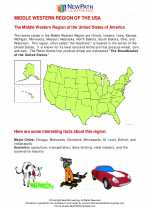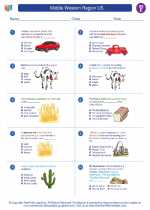North America
Introduction
North America is the third largest continent in the world, covering approximately 9.5 million square miles. It is located in the northern and western hemispheres and is bordered by the Arctic Ocean to the north, the Atlantic Ocean to the east, the Pacific Ocean to the west, and South America to the southeast.
Physical Features
North America is home to diverse physical features, including the Rocky Mountains, the Great Plains, the Mississippi River, the Great Lakes, and the coastal regions of the Atlantic and Pacific Oceans. The continent also includes the Arctic tundra in the northern regions and the deserts of the southwest.
Countries and Territories
North America is comprised of 23 countries and numerous territories, including the United States, Canada, Mexico, Greenland, and several Caribbean islands. Each country and territory has its own unique culture, history, and geography.
Native Peoples
Before European colonization, North America was inhabited by a diverse array of Indigenous peoples, including the Inuit in the Arctic, the Plains Indians in the central region, and the Mayans and Aztecs in present-day Mexico and Central America. These societies had rich cultures and established civilizations long before the arrival of European explorers.
Colonization and Independence
European colonization of North America began in the 16th century, leading to the establishment of colonies by countries such as Spain, France, England, and the Netherlands. Over time, many of these colonies gained independence and formed the countries that exist today. The United States, for example, declared its independence from Britain in 1776, while Canada gained its independence from Britain in 1867.
Study Guide Questions
- What are the major physical features of North America?
- How many countries and territories are there in North America?
- Who were the Indigenous peoples of North America?
- Which European countries established colonies in North America?
- When did the United States declare its independence?
◂Social Studies Worksheets and Study Guides Fifth Grade. Middle Western Region US

 Worksheet/Answer key
Worksheet/Answer key
 Worksheet/Answer key
Worksheet/Answer key
 Worksheet/Answer key
Worksheet/Answer key
